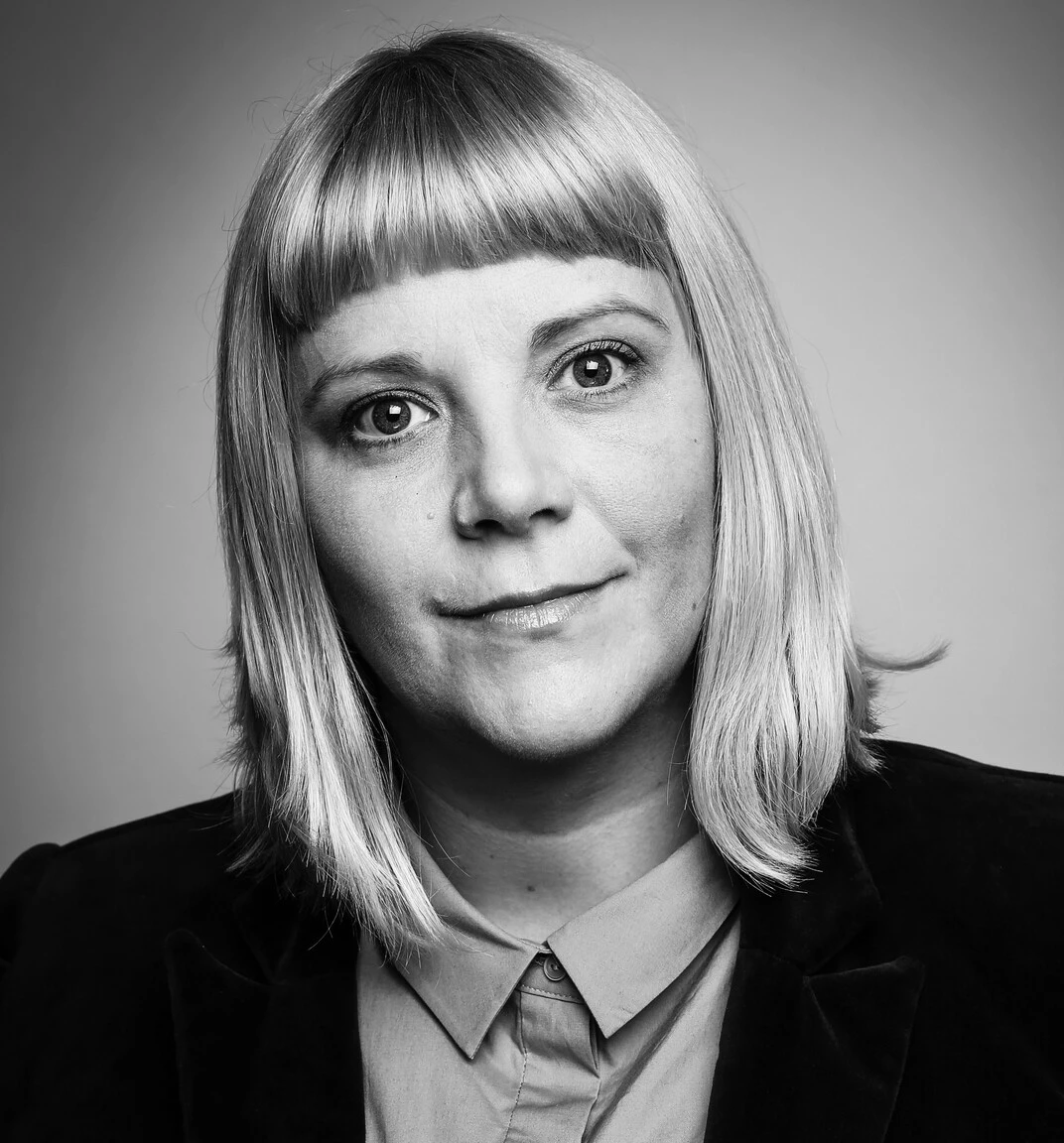This artistic research project deals with what I call the “participatory monument,” the intention of which is to bring members of the public into the artwork, to openly share related experiences with them, thus providing evidence of the existence and potential transformative power of collective memory.
The Participatory Monument –Remembrance and Forgetting as Art Practice in Public Sphere is a practice-based research project and consists of two artworks: Folkets Hus (2015) and Kammer (2017). This reflection investigates collective memory and remembrance through artistic research and practice in the public sphere, that is, in public space and the public imaginary, by means of the artworks Folkets Hus and Kammer. In addition, this research examines how remembrance and memory are transformed into works of art.
The Participatory Monument seeks to expand the understanding of memory by exploring it as an embodiment of sensorial practice and as an extended social vocabulary. Memory resides in our everyday rituals and social relationships as well as in memorials and traditions of remembrance. Accordingly, in my art practice I look at the politics of remembering and forgetting by focusing on our personal experiences as witnesses in the public sphere. Undertaking research through the examination of historical material and the conducting of interviews, I translate these lived experiences into an archive of methodology and a vocabulary of remembrance and forgetting. I contend that the more we delve into the field of collective remembering, the more we glean an understanding of ourselves and our place in the world. Therefore, research into how we choose to remember and what we choose to forget can play an integral part in art, though it requires that informed ethical practices be put in place. Moreover, to an artist working in the public sphere, this offers the opportunity to further probe the role of the artist in the social realm.
Notes: 1 Folkets Hus was called Peoples Palace in the English translation. The two titles were used in tandem at the time of the project. The multiple works that were made as part of the project Folkets Hus were cumulatively called Framtidsmonument (Future Monument). It contained a series of actions, including a floodlighted façade, centennial dinner, and seminar.
Merete Røstad ble tatt opp i stipendiatprogrammet, og senere overført til og uteksaminert fra doktorgradsprogrammet i KU ved KHiO.
